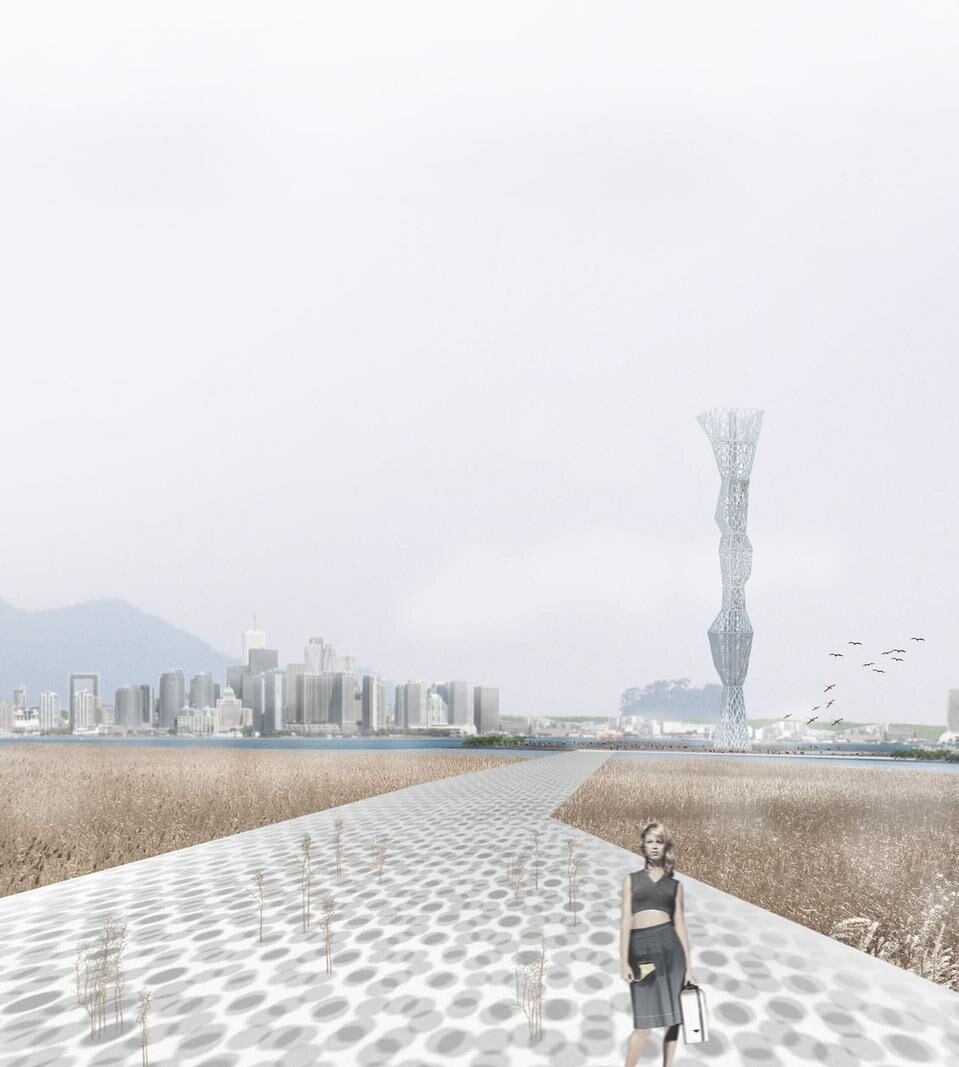“We want to pursue arch itecture that is fre from outdate d thoughts, traditional or conservat ive rules,” says Unsangdong’s (Usd) Seoul-based founder and joint principal Yoon Gyoo Jang.
The name UnSangDong embraces
several meanings – life, energy,
movement and substance over
surface. Headed by principals Jang
and Chang Hoon Shin, the firm has
spent the past few years designing
buildings that have gained the
architects international recognition
and awards. In a country where
clients and construction companies
regularly take over the execution
and subsequent modification of
buildings – much to the annoyance
of the architects – USD has managed
in most cases to complete work that
closely resembles the original design.
Notable works include Kring (KumHo
Culture Complex) in Seoul and
the glass, wood and steel office
building of publishers Life & Power
Press in Paju Book City, a complex
of publishing-related companies
some 30 kilometres northwest of the
capital. Whereas the Life & Power
Press building’s floor and ceiling
topography is clearly expressed
externally, both Kring’s design
concept and its name are closely
linked to promoting the client’s brand
identity.
Completed in 2008, Kring still houses
the show apartments – as well as the
exhibition, meeting, performance and
theatre spaces – built for the KumHo
construction firm. The building’s
name combines K from KumHo and
ring, hence Kring.
Resembling Van Gogh’s silvery starry
sky, the circular pattern on Kring’s
facade recalls the pattern used on
an earlier unbuilt company head
office. “The circles on the facade
of the Hyunjin Evervill building do
not exist by themselves,” says Shin.
“We believed that it was more than
patterns. We coordinated inner space
and outer surface to connect them
closely. Our aim was to form a link
between urban icon and brand identity
of the company,” he says.
Buildings next up for completion are
the Seongdong Culture & Art Centre
and a new multifaceted envelope for
an existing gallery in a residential
neighbourhood.
The gallery’s new skin exemplifies
an interest in making “urban
sculpture”, says Jang, “and exploring
new structures, materials and the
use of space”. On the outside, it
brings to mind USD’s Gallery 303.
The Seongdong centre, on the other
hand, is just one of a number of green
projects the firm has worked on over
the years, such as the competitionwinning
design for the Youngsan-
House at Hansei University. USD is,
however, “more interested in ecoarchitecture,
not just landscape”,
says Shin.
It’s clear that “modern architecture
tended to consume lots of energy
and destroy nature”, he says, adding
that in his view “the analysis of
environment and energy would appear
to play a key role when it comes to
design in the future”. Along with their
interest in eco-architecture, Jang
and Shin also work to “translate and
mirror the current trend of culture”,
says Shin. Contemporary trends
investigated include the use of public
and private space in the city, explored
through group studies and exhibitions
carried out at Jang’s own Jung Mi
So art gallery. Out of this and other
research, USD continues to design
structurally lightweight buildings,
based on abstract geometry, to mesh
landscaped and multipurpose areas,
and to design buildings that reflect
social trends in a country undergoing
rapid change. Robert Such
Rule breakers
Life, energy and movement are some of the meanings for UnSangDong, the name chosen by Jang and Chang Hoon Shin for their studio in Seoul. Text Robert Such
View Article details
- 28 December 2009
- Seoul
